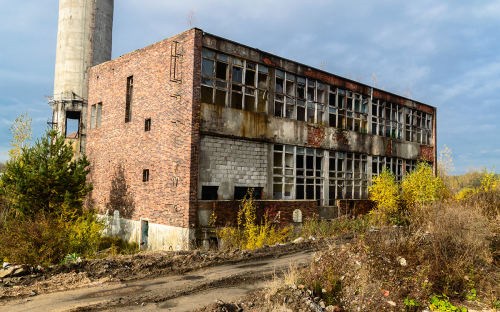
North Carolina
Based on a Phase I Environmental Site Assessment and Site Reconnaissances by Loureiro, multiple Recognized Environmental Conditions (RECs) were documented at the former Osage Mill including previously removed aboveground and underground storage tanks, an existing aboveground diesel fuel storage tank, a history of chlorinated solvent use with detections in groundwater on-Site, an existing in-ground pre- cast concrete sump, underground piping associated with a former fuel oil aboveground storage tank and multiple elevators located throughout the facility. Multiple Phase II subsurface investigations were completed by Loureiro to assess soil, groundwater, indoor air, and sub slab soil vapor conditions associated with the RECs to facilitate the redevelopment process. The Phase II investigations were tailored to assess specific areas of the Site that were identified for special use as a part of the redevelopment planning.
Petroleum volatile organic compounds (VOCs) and chlorinated volatile organic compounds (CVOCs) were detected in soil gas samples collected throughout the facility. Petroleum VOCs were detected above the NCDEQ Residential Sub-slab and Exterior Soil Gas Screening Levels (SGSLs). Petroleum constituents of concern (COCs) and CVOCs were detected in soil samples collected at the Site above the NCDEQ Residential Health Based (RHB) and Protection of Groundwater (POG) Preliminary Soil Remediation Goals (PSRGs). The Phase II results indicate several locations across the Site require corrective action to mitigate health-based risks posed by direct exposure to contaminants. A combination of engineering controls and remediation, including a sub-slab depressurization system will be used to eliminate risks for future residents.
Loureiro completed the documents necessary to apply for the NC Brownfields program and support the client in redevelopment of the site from a century old cotton mill to a 150+ unit residential development. Remedies approved by NC Brownfields included the installation of a vapor intrusion mitigation system (VIMS) which included a complete vapor barrier, trench based sub-slab depressurization system and a separate crawl space ventilation system. The building has been approved for occupancy following Loureiro’s indoor air sampling program and will be fully occupied by June 2025.








